Today we are checking out the $2,699 Brise Audio Tsuranagi portable amplifier from Japan.
Disclaimer: I received the Brise Audio Tsuranagi as a review sample free of charge. The review reflects my honest opinion as always.
About Brise Audio
Brise Audio is a high-end cable manufacturer from Gunma, Japan. It is a renowned brand in the Japanese market but not very famous in the other markets. However, they’re trying to make some ground, especially in the portable field, where boutique audio cables are quite important. I have reviewed a few of their cables before, which you can check here. The YATONO Rh2+ model won an award for the best accessory for 2020. In 2019, the STR7-Ref won the same award from me.
When they started back in 2015, the company’s initial target wasn’t the portable market instead, it was home audio solutions in Japan. After 1-2 years, they decided to enter the portable audio field. Yet I’m sure that they often use their knowledge from home audio for their portable solutions.
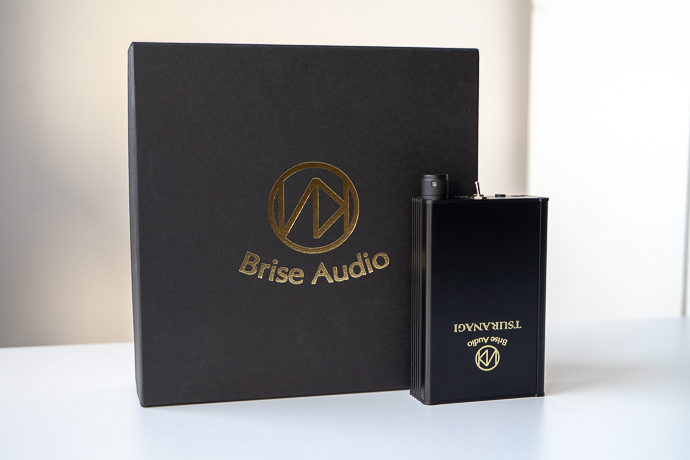
The company’s CEO is Naoki Okada, whom I met in CanJam London 2019. He’s a very nice man to share opinions with, and he wants to showcase how his cables perform with good IEMs. I think he did just that and I hope he can show up in future shows.
Overall, Brise Audio’s cable range can be a bit confusing for those who are strangers to this brand. For that, Brise Audio has an informative page about their cables and the differences for you to help select your cable; HERE. It explains their ranges and grades so everything becomes clearer. I recommend translating the page though.
About Tsuranagi
The Tsuranagi is a TOTL portable amplifier. It is a rather obscure item in the portable audio world, but people who have pinnacle IEMs must have heard about it. It was developed as a test bed for the company’s cables. It had been a highly regarded test amplifier from various experiences in audio shows, so Brise Audio decided to produce the unit for customers as well. I’m sure it takes a considerable amount of time for an order to be shipped, but some people think it’s worth the while to get what this amp brings sonically, but more on that later.
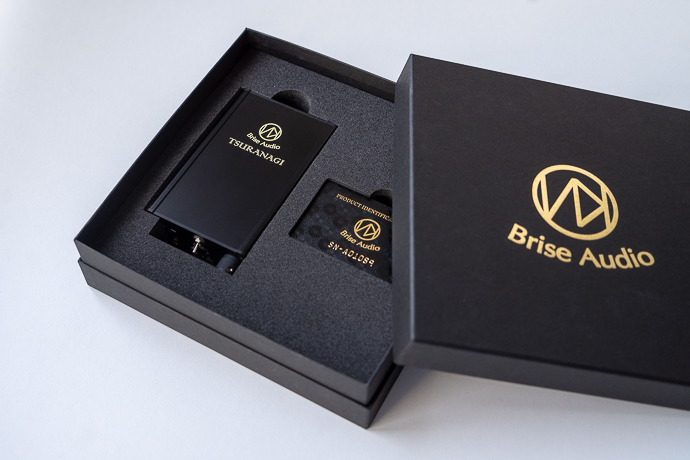
Here is the detailed technical information:
- High-quality electronic volume control IC MUSES72320
- Brise Audio cables for internal wiring
- Electromagnetic wave-absorbing shielding material and CNT (carbon nanotubes) are installed on the board
- Current Feedback Amplification, a true CFA design
- Ultra-wide amplifier bandwidth of 2 Hz to 200 kHz to ensure a flat response in the 20 Hz to 20 kHz audible range
- Up to 1W per channel at 32ohm(32 ohms, THD+N<0.01%)
- Balanced input/output
- High input impedance and high common mode noise rejection through low-noise differential line receiver
- Unbalanced-balanced conversion by low-noise
- Dual power supply and DC servo
- Charging via USB type C
- Continuous playback time of approx. 8 hours
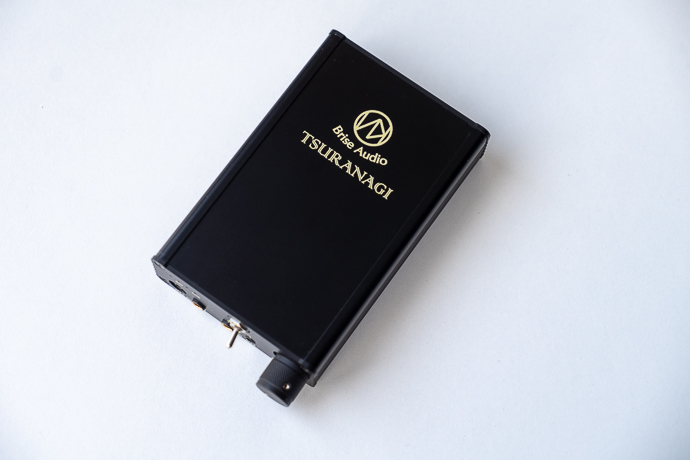
Unboxing
The Brise Audio Tsuranagi arrives in a black box with a gold Brise Audio logo. Inside you get your amp surrounded by soft foam. The box consists of hand-written information about the model name and details. You also get a Brise Audio sticker.
The package also has a brochure, informing you about all of their IEM/headphone/stereo cables. Also, it’s nice to see the Headfonia awards for 2019 and 2020 in it. You get a charger and a cable too, and Brise Audio remarks that it should only be charged with this charger.
The packaging can be improved significantly with the inclusion of a carrying case or rubber straps to prevent sliding. I think for the asking price a premium case is necessary since the chassis of the amp is prone to scratches and blows.
Build Quality & Ergonomics
The Tsuranagi reflects Brise Audio’s serious approach to consumer products and has a pro-looking design. As sound quality is always their primary goal, aesthetics come second. You might think that I should’ve had a space movie design considering the huge price, but we know for a fact that Brise doesn’t emphasize that.
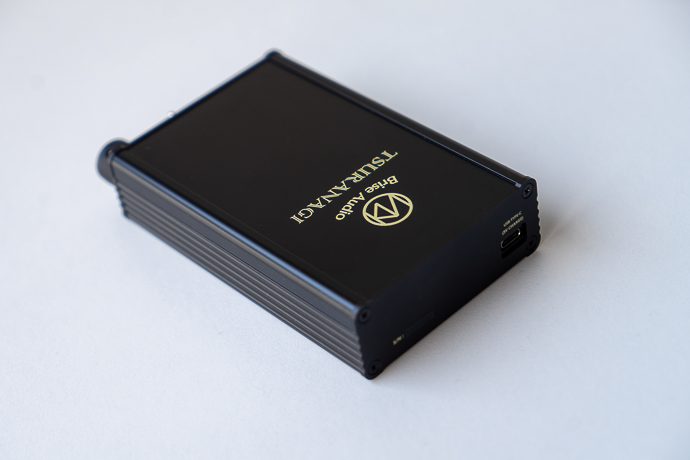
What gives character to the Tsuranagi is the Brise Audio and ”Tsuranagi” logos on top, with a gold/yellow accent. This always works well with black, so I liked it. They utilize a similar approach with their cable, so it’s safe to say that it fits their brand DNA.
In terms of user experience and ergonomics, everything is operated from the front panel, which makes things a bit crowded. It works well with DAPs that have the outputs on the bottom side, such as the RS8, but it’s not ideal in an opposite scenario. I don’t consider it a huge issue, since I don’t plan or advise using this amplifier on the go, but it should be considered nevertheless.
Speaking of build quality, Brise Audio offers a refreshment plan, so if your amplifier starts to show its age in cosmetic condition and battery life, you can send it back to Brise Audio to replace the whole chassis and the battery. A volume pot replacement is also available if you wish to do so. The price for the refreshment is around 240$, so it’s a nice offer unless the shipping cost is too high.





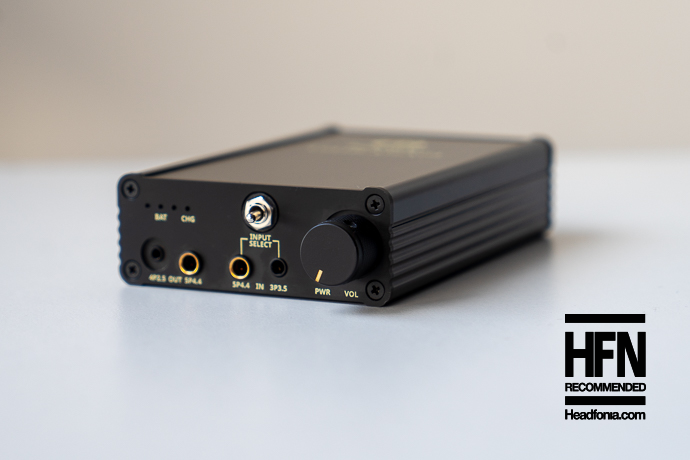
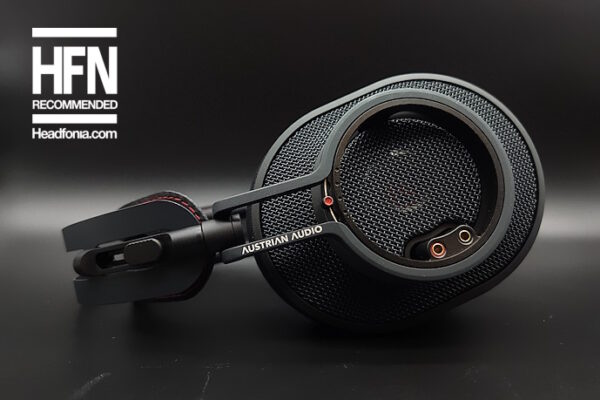

Bert Van Dijck
Hello, thanks for the excellent review. Would it workshop with Audeze mm500 as well?
Berkhan
Hi. Yes it should.